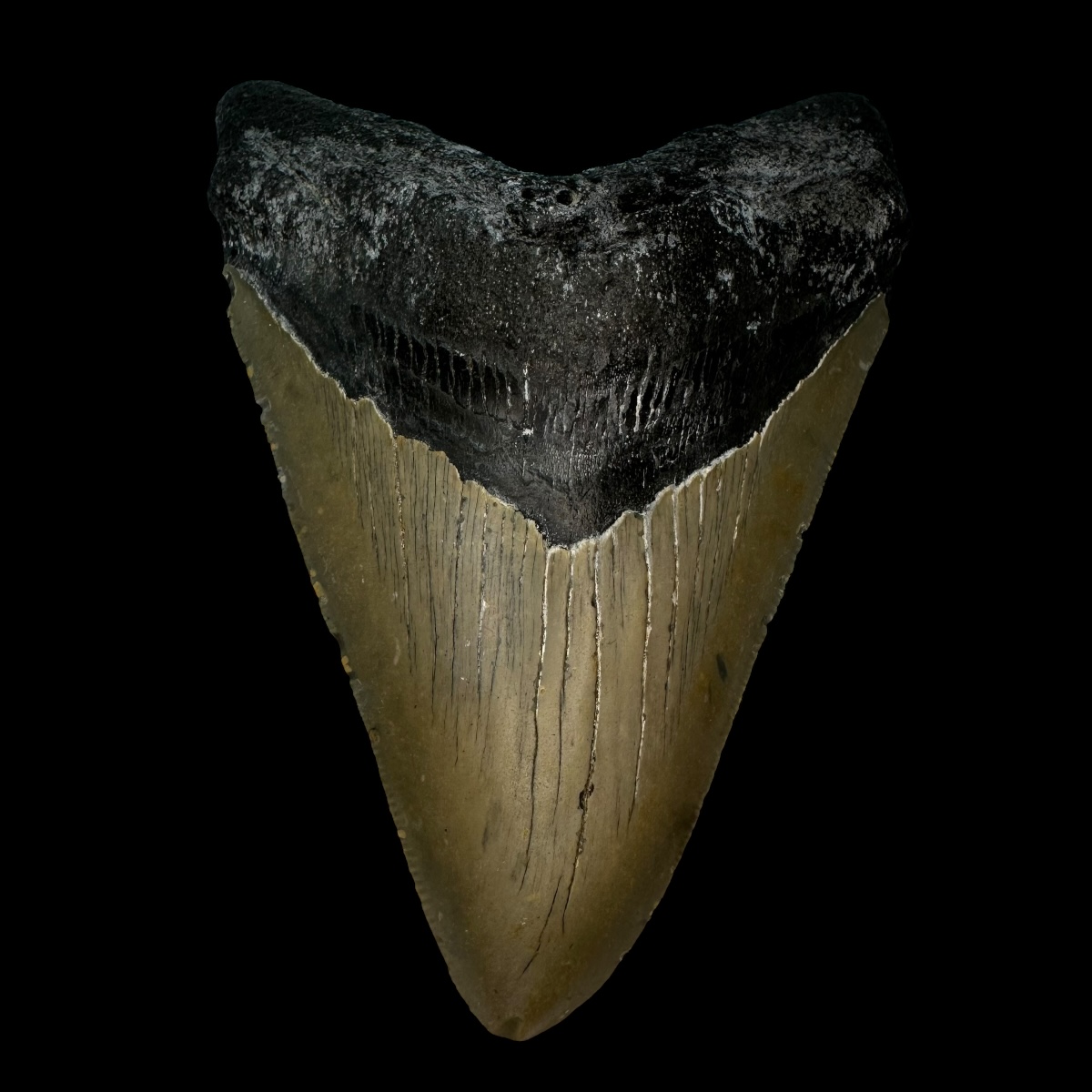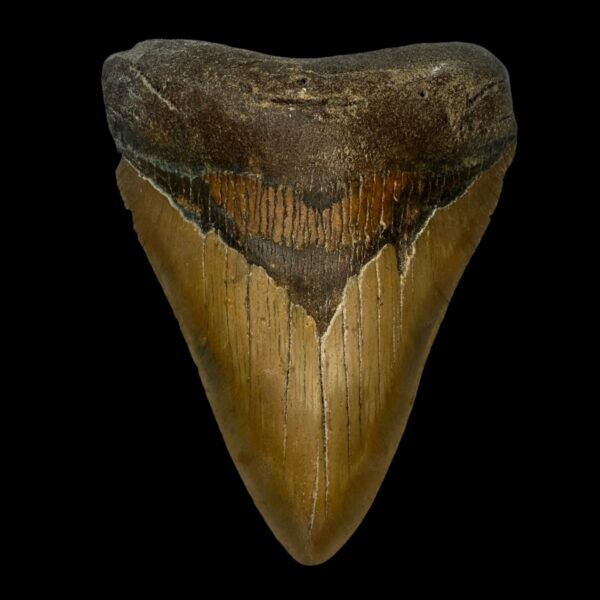🦈 Revealing 5 Fascinating Evolutionary Differences in Megalodon Teeth Compared to Modern Sharks.
When it comes to studying the evolution of sharks, few topics are as fascinating as the Megalodon teeth comparison. These ancient fossils offer scientists a rare opportunity to trace millions of years of adaptation and change. By revealing how Megalodon teeth differ from those of modern sharks, paleontologists can better understand how evolution shaped the predators that dominate today’s oceans.
In this educational guide, we’ll explore 5 fascinating evolutionary differences that make Megalodon teeth unique — from their structure and purpose to what they tell us about the shark’s behavior, diet, and environment.
1. Size and Power: A Record of Dominance
The first and most obvious difference in any Megalodon teeth comparison is size. Megalodon teeth could reach over seven inches in length — nearly three times the size of the largest great white shark teeth today. This immense size reflects the Megalodon’s role as an apex predator capable of hunting whales and other large marine mammals.
Modern sharks, like the great white, evolved smaller but sharper teeth, better suited for precision rather than brute force. By revealing these size differences, scientists can infer how Megalodon’s enormous jaw structure supported an unmatched bite force estimated at 40,000 pounds.
2. Serration Patterns Reveal Hunting Strategies
In a detailed Megalodon teeth comparison, researchers notice that Megalodon teeth have broader, finely serrated edges, perfect for cutting through thick flesh and bone. In contrast, modern sharks have narrower serrations adapted to smaller, more agile prey.
These differences in serration patterns help scientists reveal how ancient sharks hunted differently depending on their ecosystems. Megalodon’s serrations were ideal for ambushing massive prey, while modern species rely on speed and precision attacks.
3. Shape and Function Reflect Evolutionary Adaptation
Another key aspect of the Megalodon teeth comparison is shape. Megalodon teeth are triangular and symmetrical, built for crushing and tearing. Modern shark teeth, however, vary dramatically — from the needle-like teeth of sand tiger sharks to the serrated triangles of great whites.
By revealing these morphological differences, paleontologists see how sharks adapted to specialized diets. Megalodon’s uniform tooth design made it a generalist predator, while modern sharks evolved diverse shapes for specific prey, reflecting millions of years of ecological fine-tuning.
4. Tooth Replacement and Durability
Megalodon and modern sharks share the ability to replace teeth continuously throughout their lives. However, Megalodon’s replacement rate was slower, and its teeth were far thicker and more durable. This durability makes Megalodon teeth comparison possible even after millions of years, as their enamel preserved perfectly under sediment.
Modern sharks, with thinner enamel and faster tooth cycles, evolved for efficiency — a direct response to changing diets and environmental pressures. This evolutionary shift reveals how sharks optimized survival strategies after Megalodon’s extinction.
5. Environmental Clues Locked in Tooth Composition
Perhaps the most fascinating insight from a Megalodon teeth comparison comes from chemistry. The isotopic composition of fossilized Megalodon teeth reveals warm-water habitats, while modern sharks inhabit a wider range of temperatures. This contrast suggests that climate change played a key role in Megalodon’s extinction.
By revealing these chemical signatures, scientists reconstruct prehistoric ocean conditions and compare them to today’s marine environments, offering vital clues about how climate affects top predators.
Conclusion
Through every Megalodon teeth comparison, scientists are revealing fascinating evidence of how evolution transforms even the mightiest species. Megalodon’s massive, serrated teeth tell the story of dominance in ancient oceans, while modern sharks embody flexibility and adaptation.
These comparisons don’t just teach us about the past — they help predict the future of marine predators in a changing world. Understanding these differences deepens our appreciation for evolution’s power to shape life across millions of years.
👉 Discover authentic fossils and recreate your own Megalodon teeth comparison at our Megalodon Tooth Shop — where history, science, and discovery come together beneath the waves.




